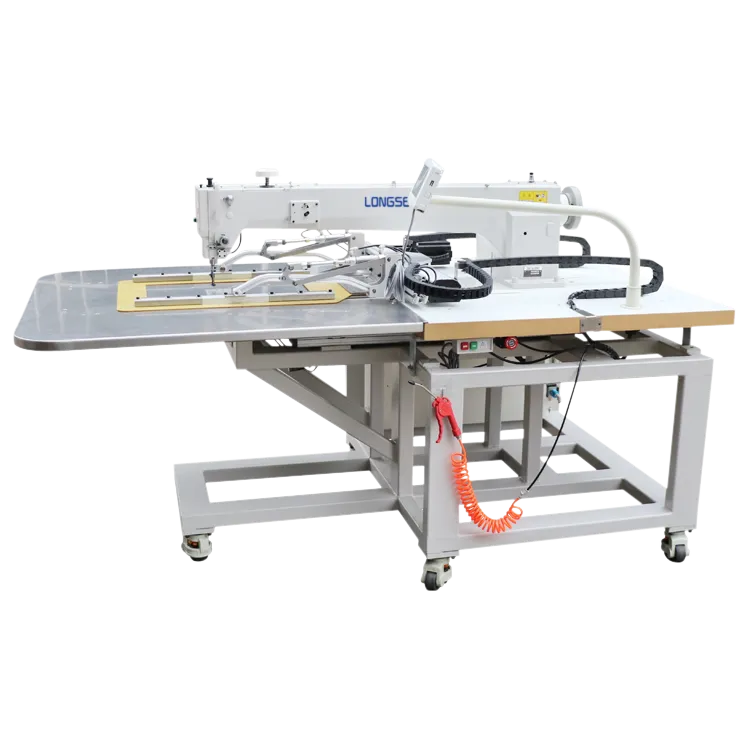what does an overlocker do
What Does an Overlocker Do?
An overlocker, also known as a serger, is an essential tool in the world of sewing, especially for both professional and home sewers. While it may appear similar to a regular sewing machine, an overlocker is purpose-built to perform specific tasks that enhance the quality and durability of sewn items. Understanding the functions and benefits of an overlocker can significantly impact the sewing experience and outcome of various projects.
At its core, an overlocker is designed to provide a clean, finished edge to fabric pieces. When fabrics are cut and sewn, the raw edges can fray and unravel over time. An overlocker addresses this issue by simultaneously trimming the edges of the fabric while sewing them together. This not only prevents fraying but also creates a professional-looking seam that is often essential in garment construction.
What Does an Overlocker Do?
Another benefit of using an overlocker is its speed. Overlockers are built to sew quickly, often exceeding the speed of standard sewing machines. This efficiency is particularly advantageous for seamstresses working on bulk projects, such as in a fashion production environment. The quick stitching capabilities drastically reduce the time from fabric pieces to finished products, allowing for higher output without compromising quality.
what does an overlocker do

In addition to edge finishing, overlockers can also produce a variety of stitch types that offer creative possibilities. Many modern machines come with specialized features to enable users to create rolled hems, flatlock seams, and even decorative stitches. These varied options make overlockers versatile tools for various sewing tasks, expanding the creative potential for any project.
Overlockers also excel in their ability to handle different types of fabrics, whether woven or knit. They can adjust tension and stitch settings to accommodate thicker, heavier materials or delicate, lightweight fabrics. This adaptability makes them suitable for working on diverse projects ranging from casual wear to formal dresses, as well as home décor items like curtains or tablecloths.
While an overlocker simplifies many sewing tasks, it does require a learning curve. Understanding thread tension, stitch settings, and machine maintenance are crucial for achieving the best results. Ensuring that the overlocker is properly threaded and maintained will lead to smoother operation and more professional-looking finishes.
In summary, an overlocker is an invaluable tool for anyone serious about sewing. Its main functions include finishing raw edges, providing multiple stitching options, working on a variety of fabrics, and doing so at high speed. With the ability to enhance the durability and visual appeal of sewn items, the investment in an overlocker can significantly elevate the quality of completed projects. Whether you're a seasoned professional or an enthusiastic hobbyist, an overlocker can open up new avenues in your sewing journey, enabling you to create beautifully finished garments and home textiles efficiently.
-
Boost Production Efficiency with a Pattern Sewing MachineNewsAug.29,2025
-
Industrial Excellence with the Best Heavy Duty Sewing MachineNewsAug.29,2025
-
Precision and Power with the Best Pattern Sewing MachineNewsAug.29,2025
-
Reliable Bulk Packaging Starts With the Right FIBC Sewing MachineNewsAug.29,2025
-
Advanced Packaging Solutions: Elevate Productivity with Jumbo Bag Sewing Machine and Industrial Stitching EquipmentNewsAug.29,2025
-
High-Performance Solutions for Bulk Packaging: FIBC Sewing Machine and MoreNewsAug.29,2025
-
Maximize Efficiency with an Industrial Cylinder Arm Sewing MachineNewsAug.28,2025


























